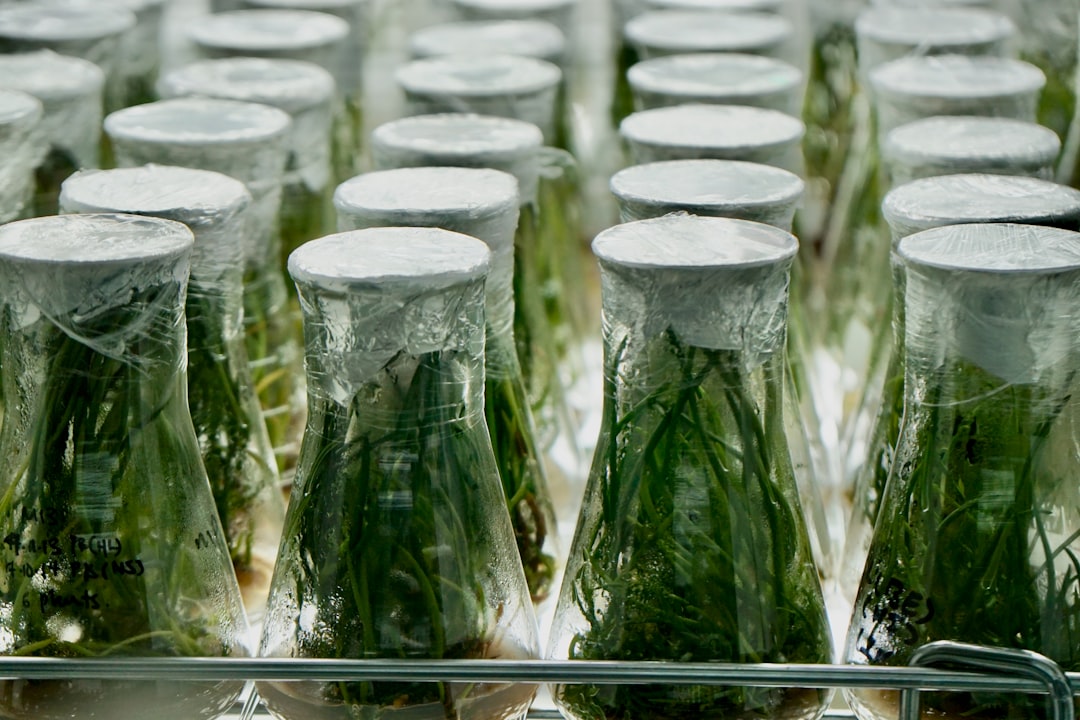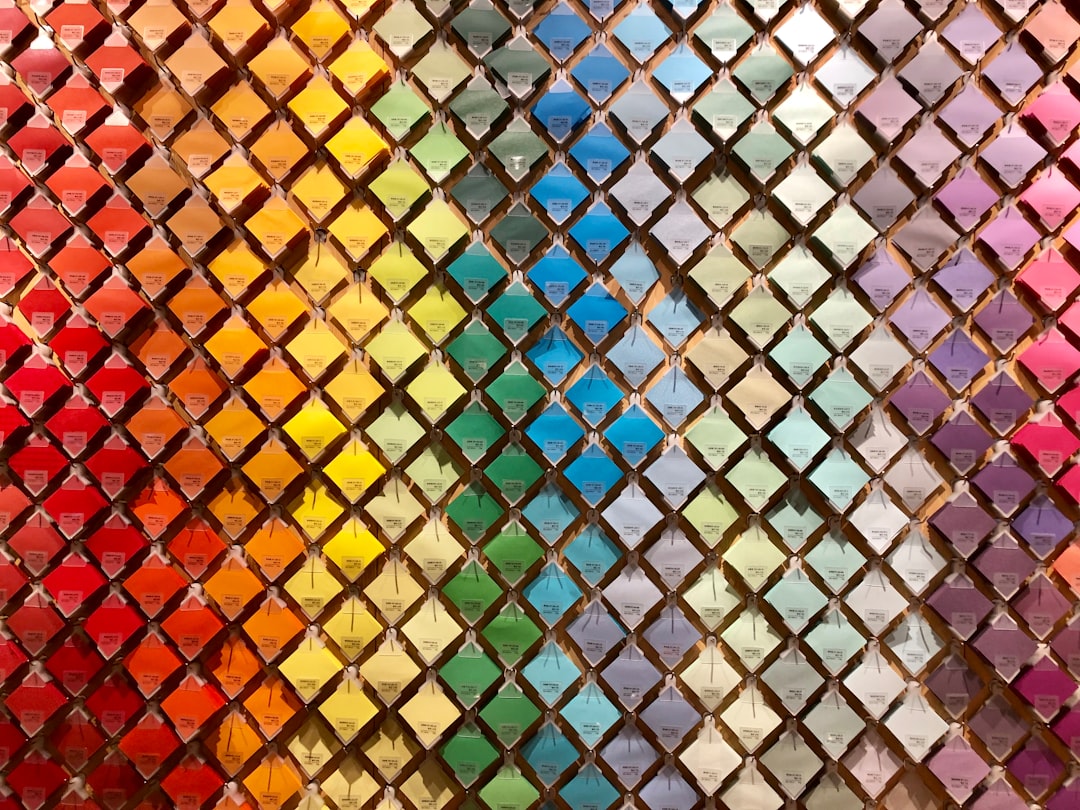What is it about?
Filling fat and oil migration during production and storage is a major problem with regards to product stability and shelflife. Especially filling migration during storage is reported to be an activator for fat bloom formation. Physical methods are a cost and time efficient way to control and adjust processing. Our results report sample preparation techniques to detect filling fats and oils in fresh and stored chocolate. This provides the possibility of large scale storage tests with focus on fat and oil migration.
Featured Image
Why is it important?
In this article we describe how physical methods can be used to detect and quantify filling fats and oils in fresh and stored chocolate and how storage influences the results. We used NMR and DSC, which are well-established for chocolate analysis. We applied measurement methods to mixtures of dark chocolate mixed with filling fats and oils. Our findings show that post-crystallization has a clear impact on results, but this can be avoided by standardized sample preparation. This study is timely because introduced and migrated filling fats and oils are a major cause for quality loss and shelf life reduction of filled chocolate products.
Read the Original
This page is a summary of: Impact of sample preparation on physical quantification of filling fats and oils in fresh and stored chocolate, European Journal of Lipid Science and Technology, February 2017, Wiley,
DOI: 10.1002/ejlt.201600359.
You can read the full text:
Contributors
The following have contributed to this page










